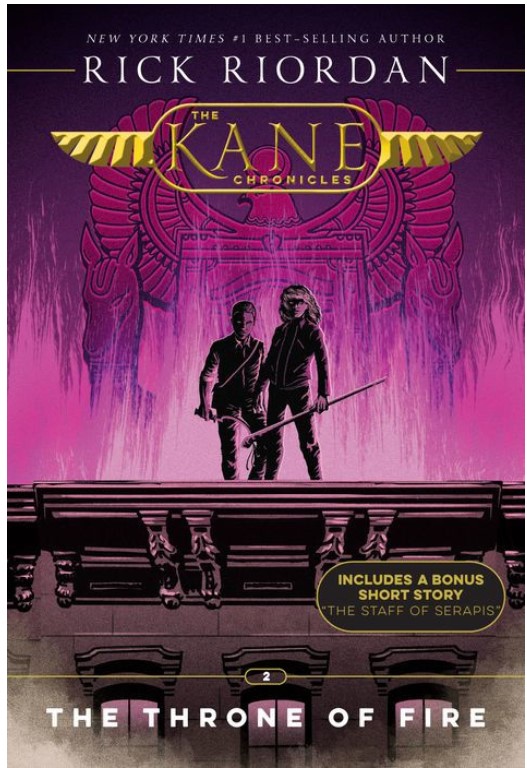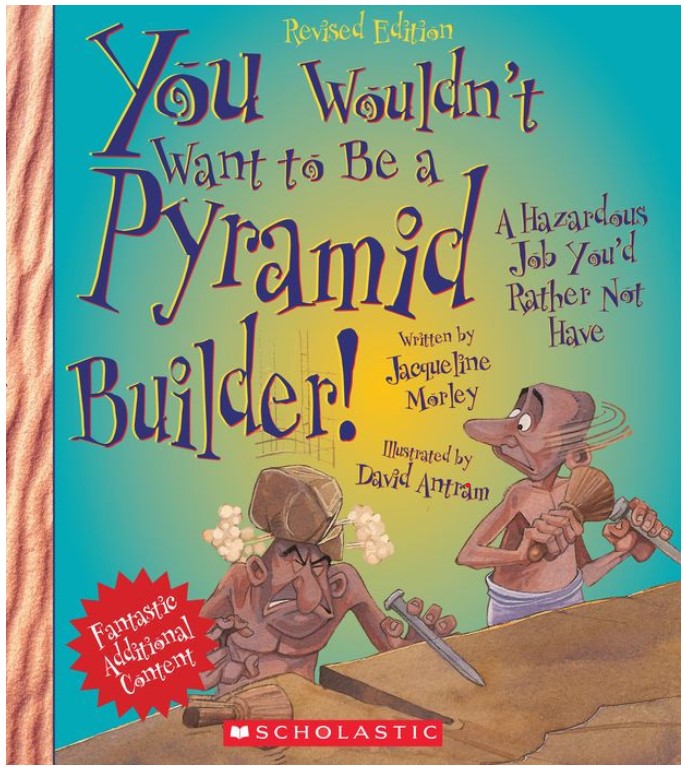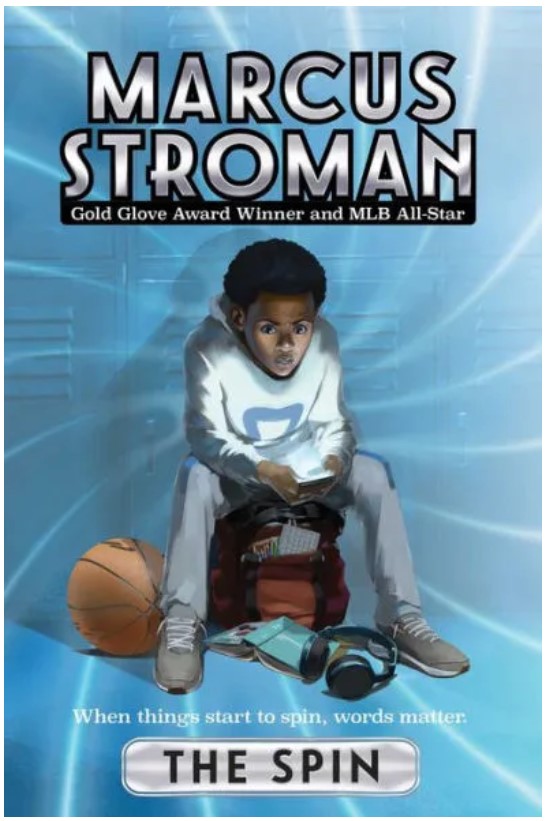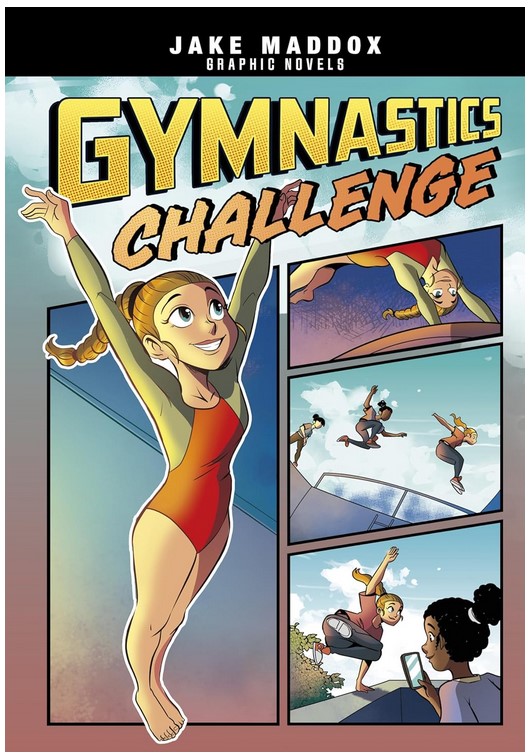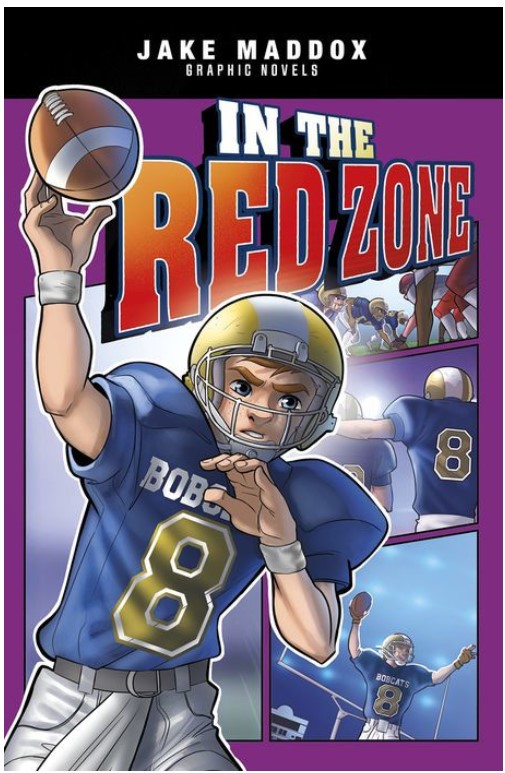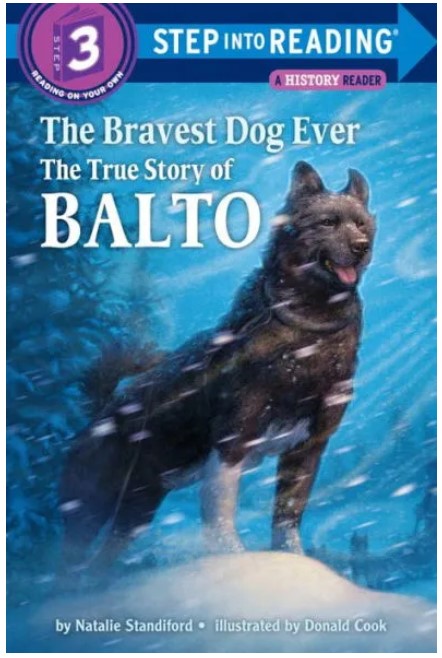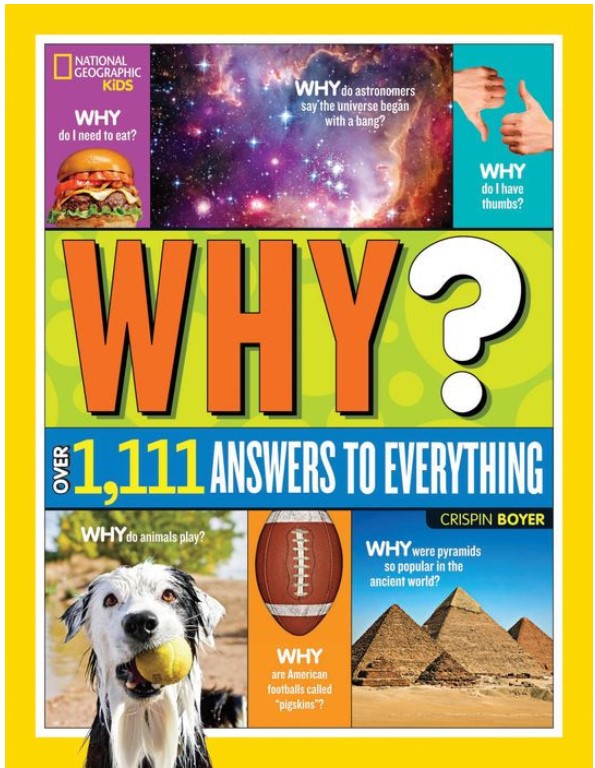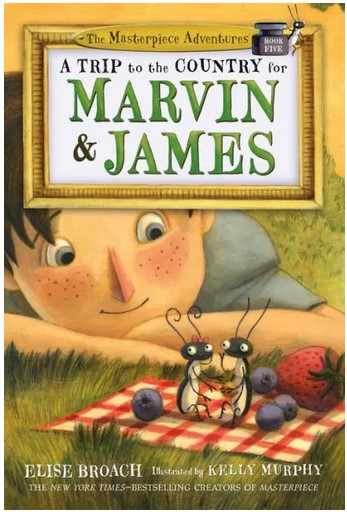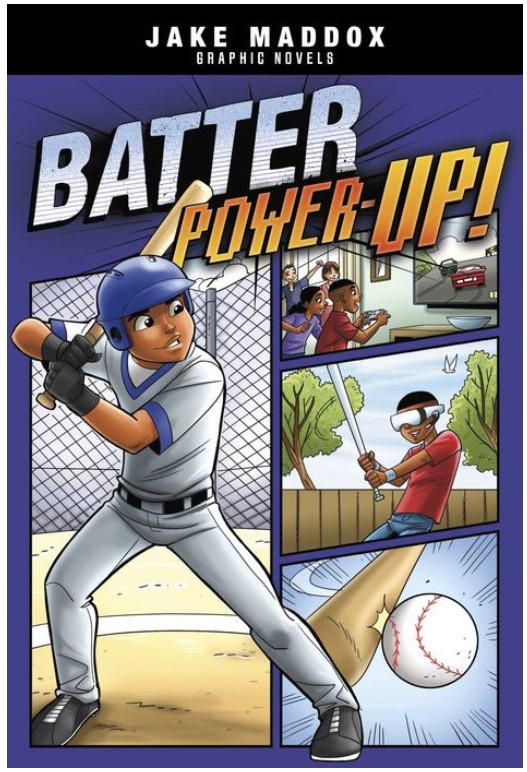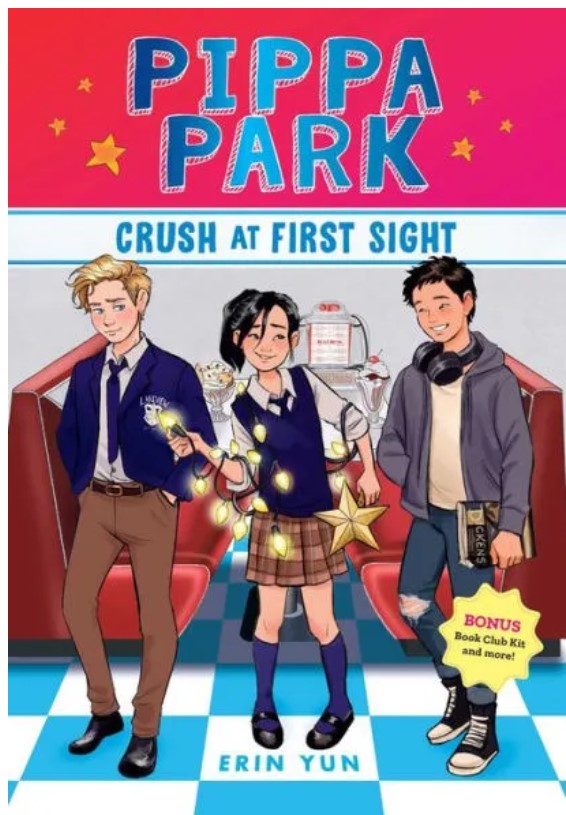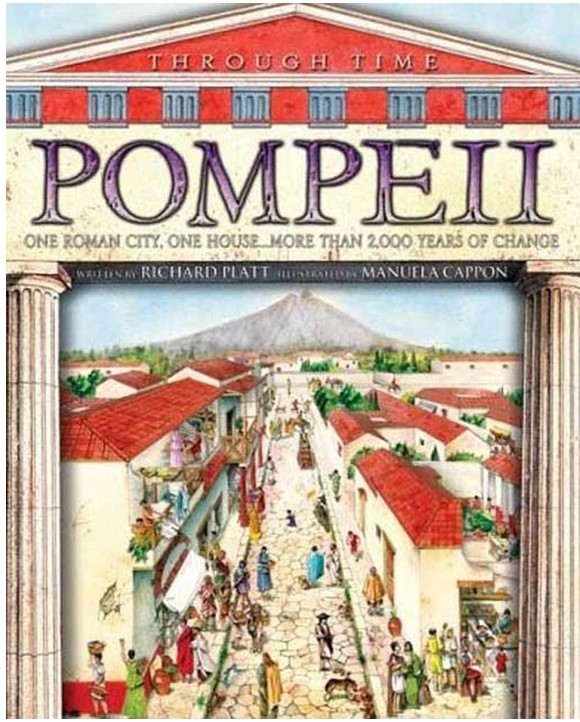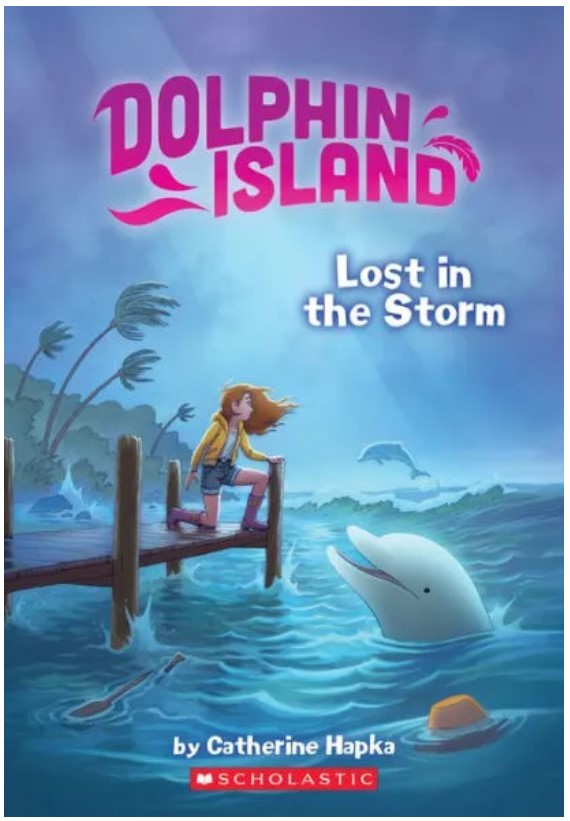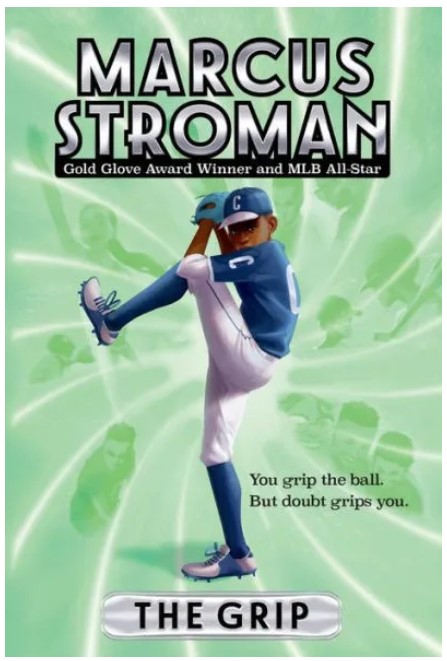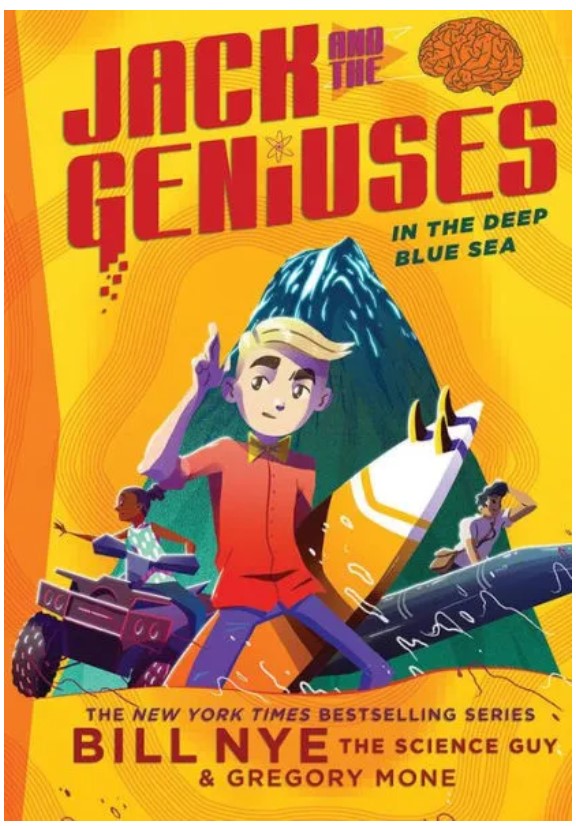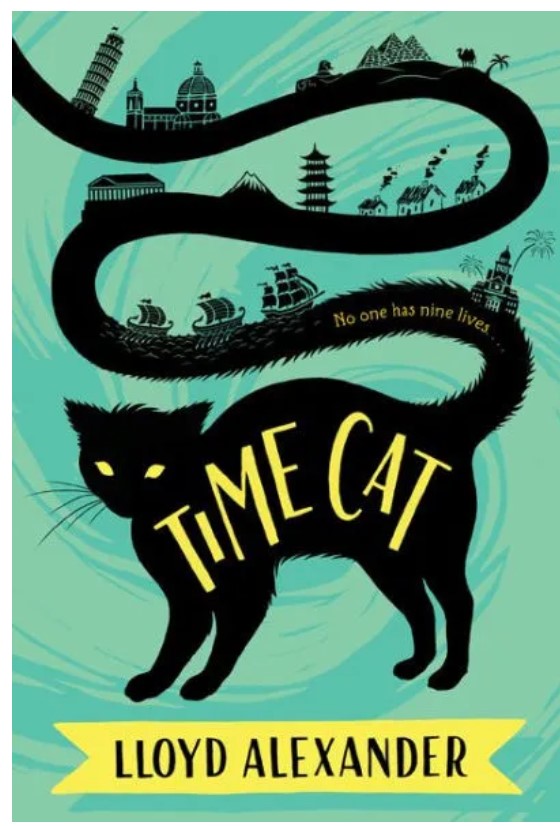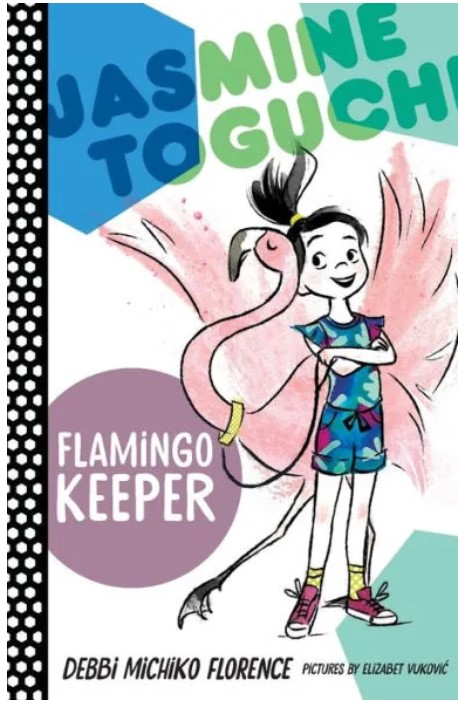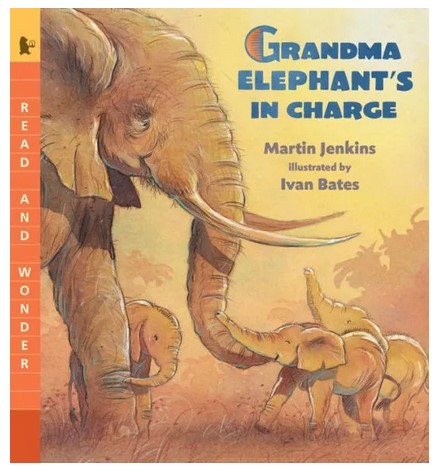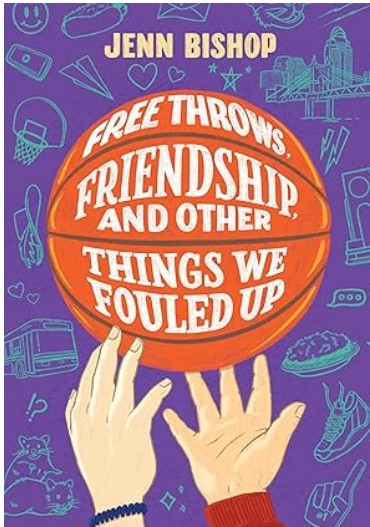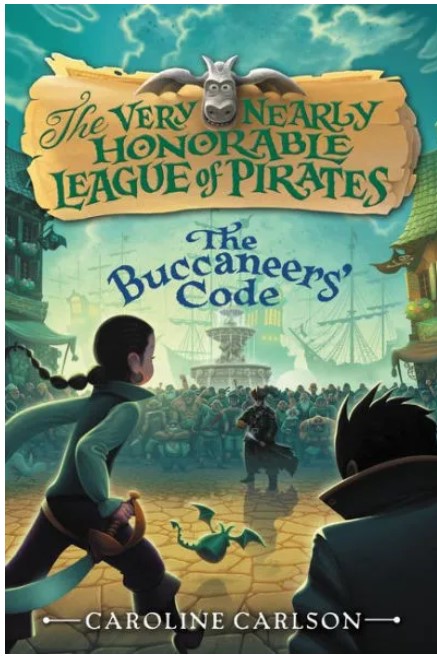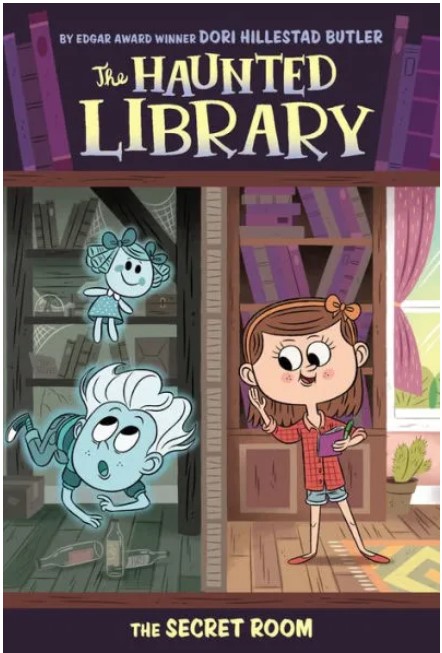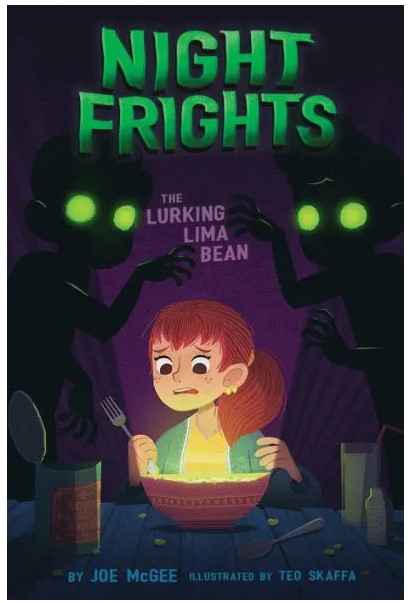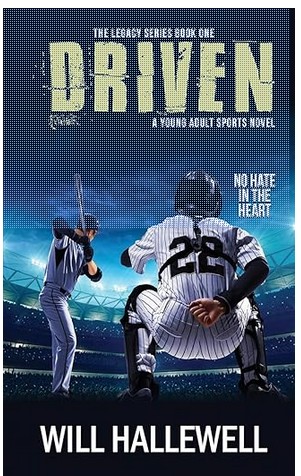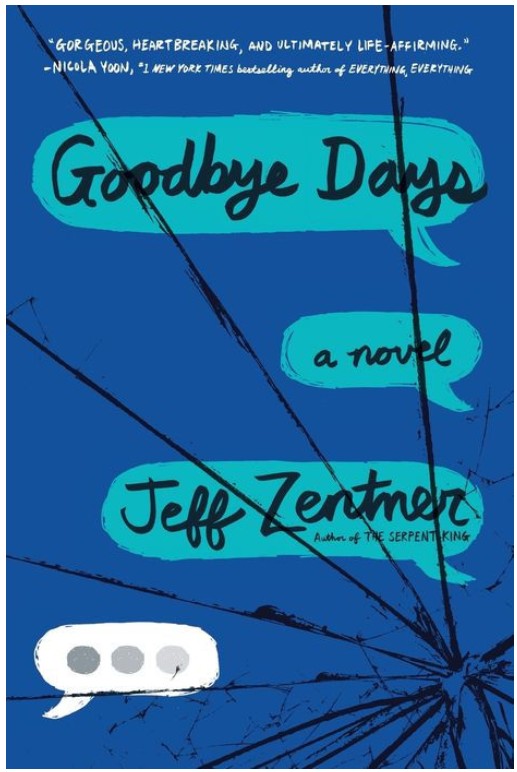Following the events of book one in The Kane Chronicles, Carter and Sadie are facing a new danger: the serpent of chaos, Apophis. Carter gives the reader a very brief overview of what happened in the previous book, saying, “The Egyptian gods are running around loose in the modern world; a bunch of magicians called the House of Life is trying to stop them . . . and a big snake [Apophis] is about to swallow the sun and destroy the world.” However, Carter and Sadie now have several new magician trainees who can help them fight Apophis.
Carter and Sadie discover that they must work with the gods to defeat the serpent of chaos, Apophis, as his rise threatens both mortals and gods. Sadie explains it well as she says, “Apophis can’t imagine that anyone could unite the gods and magicians . . . He thinks the return of [the sun god] will weaken us even further. We have to prove [Apophis] wrong. We have to make order from chaos.” After their mom passed away, Carter was sent to live with his dad, and Sadie was sent to live with her grandparents, and throughout the book, we get to see them really bond and reconnect with each other as siblings as they learn to understand their magic. Readers with siblings are likely to find Carter and Sadie very relatable, as they do not always get along, but when they are facing danger, they support each other no matter what.
The Throne of Fire’s theme focuses on Carter and Sadie strengthening their friendship as siblings. In the first book, the readers learn that Carter and Sadie have lived far away from each other for most of their lives, but now they spend every day together learning more about magic and working together to save the world. Readers with siblings will likely empathize with Carter and Sadie as they worry about each other’s safety. For instance, Sadie says, “Seeing Carter hurt was the final insult . . . My friends had been attacked, and my birthday ruined. But my brother was off-limits. No one was allowed to hurt my brother.” Sadie and Carter stand strong and have each other’s back in the face of constant danger.
Sadie and Carter face a new struggle—their friend, Walt, is dying of an ancient curse that they cannot stop. Walt explains that his curse is connected to King Tut’s bloodline. Walt says, “[The] curse runs in my family . . . Kind of a genetic disease. Not every generation, not every person, but when it strikes it’s bad. [King Tut] died at nineteen. Most of the others . . . twelve, thirteen. I’m sixteen now . . . My dad was eighteen. I never knew him.” Sadie and Carter desperately try to come up with solutions to help Walt, but he explains, “This curse has been defying healers for three thousand years.” Carter and Sadie feel guilty that they still cannot cure Walt, and this unresolved issue will continue in the next book.
The Throne of Fire has one impactful lesson: do what feels right even when another option seems easier. For example, when Carter and Sadie fight Apophis, the serpent of chaos, he tries to bribe them to join him. Carter thought, “Chaos can also be appealing. It tempts you to believe that nothing matters except what you want. And there was so much that I wanted.” However, Sadie and Carter decide that the most important thing is to restore order. The Throne of Fire will appeal to readers who love mythology, magic, and being kept on the edge of their seats.
Sexual Content
- One of the new magicians that Sadie and Carter are training, Jaz, gives another trainee, Walt, a kiss on the cheek before trying a difficult spell. “[Jaz] pulled her wand and then—much to [Sadie’s] shock—gave Walt a kiss on the cheek.”
- Sadie thinks about her friend Walt and realizes she has feelings for him: “I wasn’t at all interested in how handsome [Walt’s] face looked in the moonlight, or his muscular arms in that sleeveless tee . . . Sorry. Lost my train of thought.”
- Sadie discusses her interactions with the god of funerals, Anubis. “I had a bit of a crush on Anubis. I know how ridiculous that sounds . . . [Anubis] was a god. We had absolutely nothing in common. I hadn’t heard from [Anubis] since our adventure with the Red Pyramid.”
- Sadie is briefly transported to the Land of the Dead where Anubis advises escaping some monsters. “Anubis said. ‘I’m sorry I can’t do more. But happy birthday, Sadie.’ [Anubis] leaned forward and kissed [Sadie] on the lips.”
- Walt reveals that he is dying of an incurable curse, “I’m going to die anyway, Sadie. I want my life to mean something. And . . . I want to spend as much time as I can with you.” Sadie doesn’t know how to respond and reveals to the reader, “I think I might have kissed [Walt].”
- Sadie performs a spell to get herself and Walt out of a cavern. Afterward, “Walt leaned down and kissed me.”
Violence
- Carter receives a vision in which he has to fight several monsters. “Horrible faces rose up—a sea dragon with feline eyes, a crocodile with porcupine bristles, a serpent with the head of a mummified man. Each time one rose up, I raised my sword and cut it down, or speared it with my javelin.”
- A three-headed serpent attacks Carter and some of his magician trainees. “The serpent opened its mouths, blasting out three columns of flames.” Luckily, Carter and his friends can protect each other, and “[Carter] raised a green shield of magic to deflect the fire.”
- Carter describes how his magician trainees defend themselves against the three-headed serpent attacking them. “Julian’s sword sliced off one of its heads. Felix’s shoe bounced off another. The blast from Walt’s wand turned the third to dust. Then Alyssa’s statues slammed into it, smashing the monster under a ton of stone. What was left of the serpent’s body dissolved into sand.”
- A monster with deadly venom bites Carter. “The creature sank its fangs into Carter’s left shoulder, and he dropped to the ground.” Sadie destroys the creature with magic. She “unleashed a beam of golden light that hit the monster with the force of a sandblaster. The [creature] crumbled to bits.” Luckily, healing magic saves Carter.
- Sadie, Carter, and their friend Bes play a game in the Land of the Dead with the moon god, Khonsu, in exchange for a few more hours of time so that they can complete their quest. If they lose, Khonsu threatens to, “Erase part of our souls . . . take our memories, our identity.”
- The magician Desjardins has to fight one of his own friends, whom Apophis possesses. Desjardins tells his fellow magician, “You toy with something much worse than death, my old friend. Pray that I kill you before you succeed.” Desjardins uses his magic to banish Apophis to the duat, a realm between our world and the underworld, and succeeds. However, the spell requires so much magic that Desjardins passes away afterwards.
Drugs and Alcohol
- None
Language
- Characters occasionally use words like stupid, shut up, and idiot.
Supernatural
- Carter explains that the god, Horus, is able to speak to him in his mind. Horus gives Carter advice on finding an artifact Carter is looking for. However, Horus warns Carter about the artifact at the last possible minute. Horus speaks to Carter, “You’ll have five days to figure out how to use [the artifact], or we’re all doomed. Good luck!”
- After talking to Horus, Carter says, “I could’ve screamed at [Horus] for not telling me sooner, but it wouldn’t have made any difference. Gods only talk when they’re ready, and they don’t have a good sense of mortal time. I knew this because Horus had shared space in my head a few months ago.”
- Carter and Sadie see their friend Jaz perform a spell to protect them all from evil spirits of chaos. Carter “turned just in time to see a flash of blinding red light. The entire vortex collapsed inward, sucking all six [spirits] into Jaz’s circle. The light died. Jaz fainted, her wand and the Sekhmet statue both crumbling to dust in her hands.”
- Carter channels the power of the god Horus to give him strength while fighting some demons. “I awoke in a different body . . . My arms were bronze and muscular, circled with bands of gold and lapis lazuli. I was dressed for battle in leather armor.” Carter describes, “I felt strong and powerful like . . . well, a god.”
Spiritual Content
- Before doing a spell, Jaz takes out a goddess statue to bring her strength. “From [Jaz’s] bag, she produced a small statue of Sekhmet, [Jaz’s] patron goddess, and held it aloft.”
- Like the previous book, the gods in this book are not worshipped but interact with others. The gods have strengths and powers. For instance, Carter discusses his thoughts about the god Horus. “[Horus] didn’t want [another god] coming back to challenge his authority. Gods tend to be selfish. Even when they’re helpful, they always have their own motives. That’s why you have to be careful about trusting [gods].
